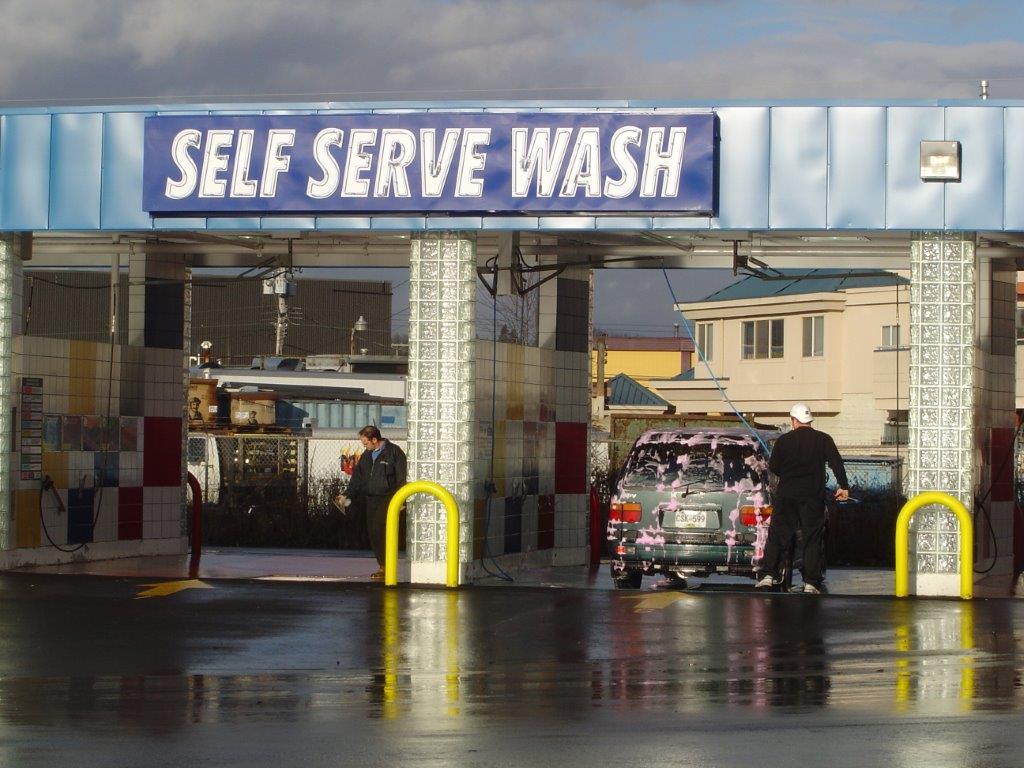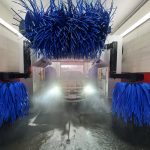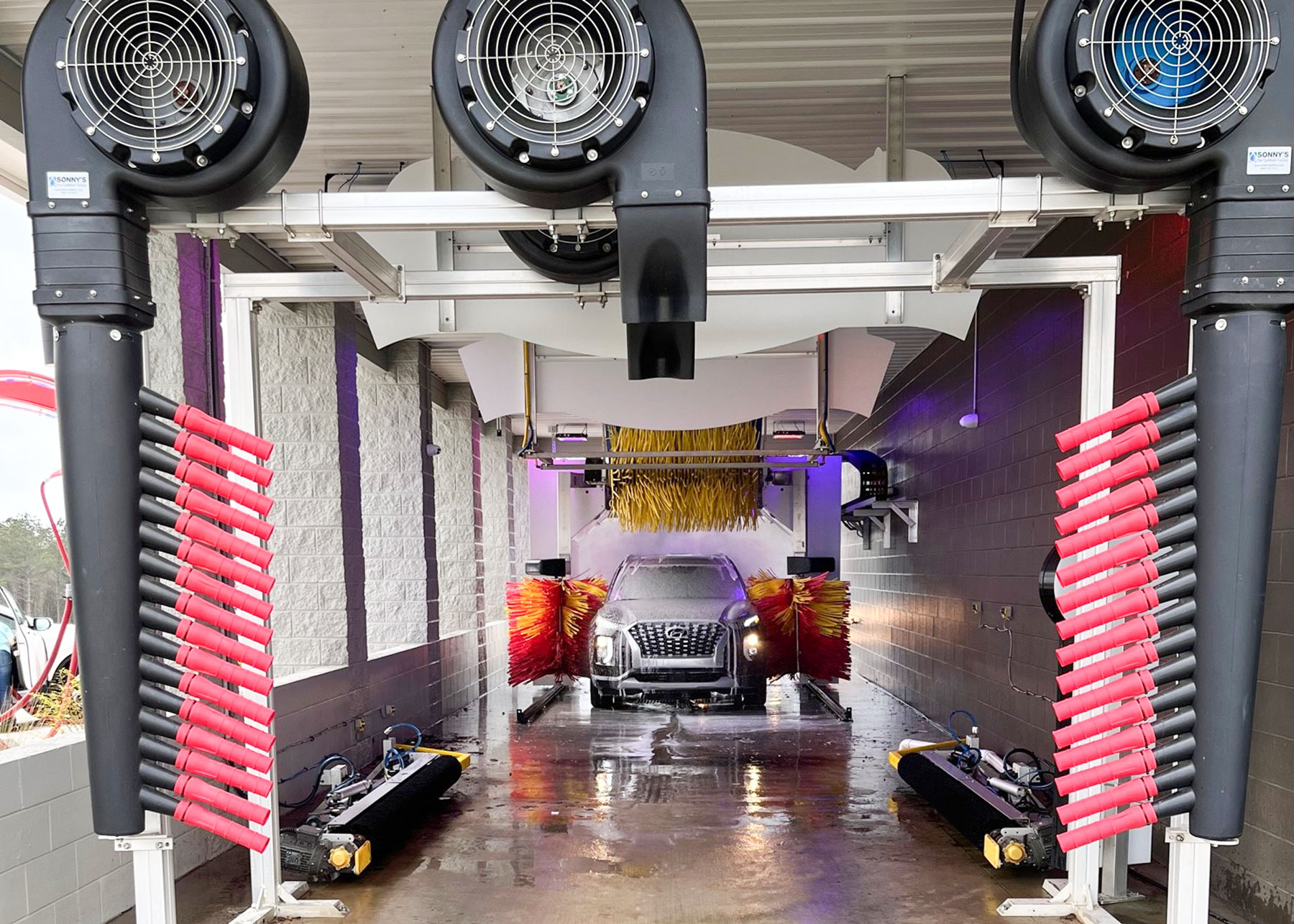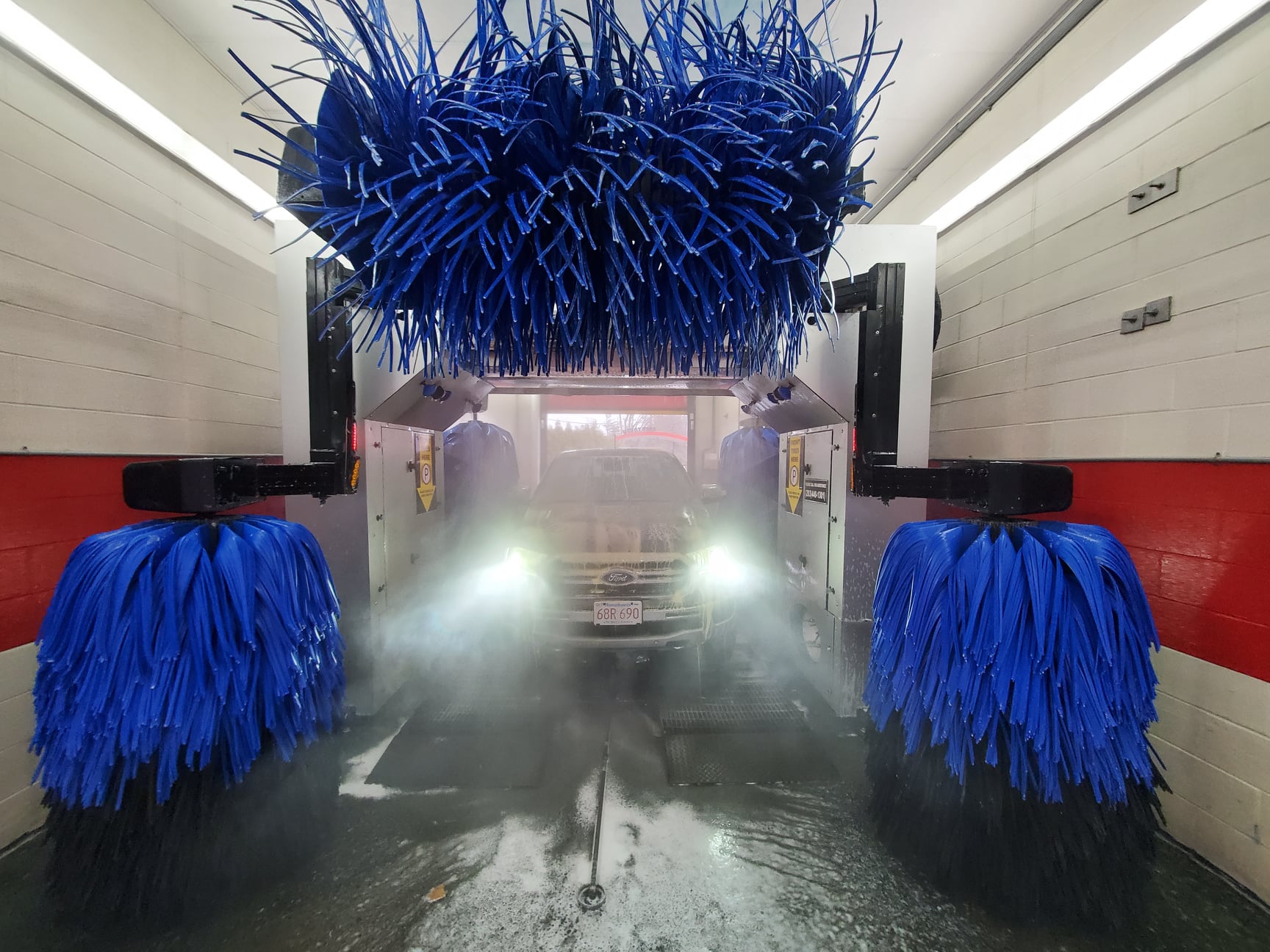Should You Invest In A Self-Service Wash?
With car washing, equipment is a site’s bread and butter. Buying the cheapest equipment available leads many investors to costly maintenance and downtime. Your primary consideration should always lean toward value over cost. Dependability, warranty, output capabilities, cleaning power, and durability are primary factors to keep in mind when considering the value of equipment.
With all the different manufacturers and types of equipment on the market, knowing what to buy can be difficult. Understanding the basic differences can help narrow your choices.
Self-Service
Self-service refers to equipment customers use to perform the act of washing cars themselves, typically a high-pressure wand and a brush. Many car washes consist entirely of self-service equipment, while others use a combination of self-service bays and automatic bays.
Self-service washes tend to be a planned destination for consumers, whereas using automatics is usually an impulse decision. Though not as convenient for many consumers, self-service equipment can be a good investment in small towns that do not have the population or traffic to support an automatic, or when used to diversify washing options at a site that does have an automatic.
Choosing Self-Service Equipment
Factors to seek when choosing self-service equipment include:
- Technological Superiority – The electronics and computer that control the self-serve system should be modern and easy to operate, and the mechanical components should be efficient yet powerful.
- Simple to Maintain – Easy maintenance and accessibility are crucial to eliminating downtime and staying profitable.
- Flexibility – A self-serve system should offer multiple products and service options so the customer is encouraged to spend more time in the bay. Furthermore, operators should have the ability to automatically change price/time options to promote sales during slow periods of the week.
- Expandability – The ability to add more options and expand the output capability of the unit should exist, and the unit should be easy to update as newer technology becomes available.
- Streamlined Engineering – A self-serve unit should be designed to be self-contained and compact enough to save space in a control room while maximizing performance capabilities.
- Durability – As with all car wash equipment, self-serve units should be able to withstand years of heavy usage with minimal maintenance.
Automatic
At the right location, offering one or more automatic car wash bays in addition to, or even in place of, a self-service operation can substantially benefit profits. Taking less time to complete while giving customers the convenience of never needing to leave their cars, automatics outreach self-serves in a market sector where expediency and ease are highly valued.
Most automatic car wash equipment is defined by a few different classifications. In-bay automatics, the most common type, are available in brush-wash or touch-free versions. With this type of equipment, the customer drives their car into the bay, stops, and the wash equipment passes over the vehicle to perform the wash function. In-bay automatics do not generally require an employee to guide customers into the bay.
Conversely, another type of touch-free and brush wash equipment operates by dragging the vehicle, on a conveyor, through stationary equipment in a tunnel bay. Conveyor washes, also referred to as tunnel washes, require an attendant to help customers align their vehicles to the conveyor’s dragging mechanism.
Choosing Automatic Equipment
Among the basic varieties of automatic equipment, research shows industry trends favoring touchless, in-bay automatics over the last several years. Several factors contribute to the steadily increasing popularity of these machines as compared to in-bay brush and touchless and friction conveyor washes.
Since in-bay automatics do not require an attendant to guide the customer into the bay, owners can leave their businesses running 24 hours a day, seven days a week. From a customer’s standpoint, the convenience of being able to drive into a car wash whether or not an employee is present is a draw.
During a touch-free wash, no equipment contacts the car, minimizing the prospect for damage to the vehicle. Friction washes, on the other hand, use spinning brushes to clean the automobile by direct contact. Both methods produce clean results, but many customers are wary of brushes which could possibly scratch or otherwise damage their cars.
For an owner, touchless equipment means drastically lower maintenance costs and downtime compared to brush washes, as well as not having the liability of owning equipment that is more likely to damage vehicles.







